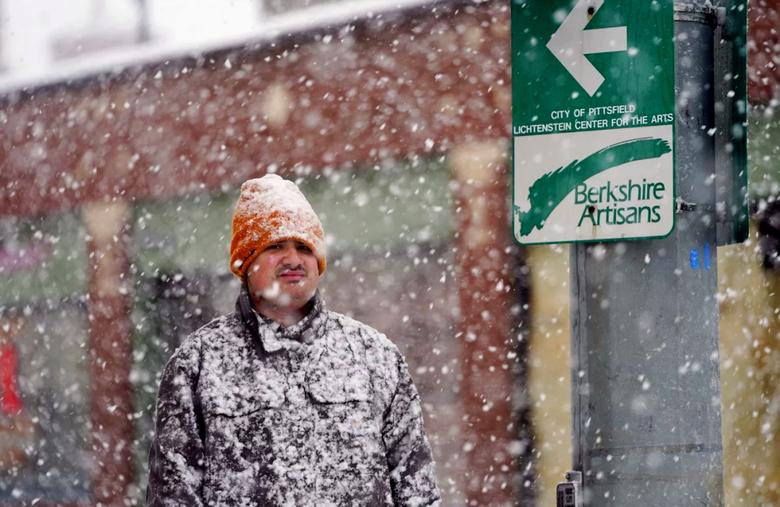
THE WORST ARCTIC WEATHER FOR U.S. ENERGY

By JULIAN JACKSON Staff Writer, Energy Central BrightGreen PR
ENERGYCENTRAL - Dec 28, 2022 - The worst weather for 30 years coming down from the arctic is causing serious load management problems for many utilities. A frozen USA, with more than 200 million people under severe weather advisories or warnings caused nationwide problems in the run-up to Christmas. The National Weather Service is reported as saying it is one of the most serious alerts in its history.
The icy blast is forcing reliability coordinators to declare emergencies, issue conservation warnings, or shed loads. Some of the coldest temperatures seen in decades across the Tennessee Valley Authority (TVA) area pushed the federal corporation — the regional reliability coordinator — and local power companies to act proactively “to temporarily reduce power supplies to localized areas.” TVA said the power outages were needed “to maintain grid stability for 10 million people across seven states.” Local power companies had to shed their loads for two days running for four hours on 23rd and 24th December. Industrial users also had to reduce usage to ensure reliability.
Duke Energy Sheds Loads
At 6:30 a.m. on December 24th Duke Energy, one of the largest investor-owned utilities in the US announced it had begun “short, temporary power outages” in North and South Carolina to protect the energy grid “against longer, more widespread outages.” The company shed loads in 15-30 minute blocks, rotating through different areas to minimize disruption.
MISO Declares Generation Emergency
The day previously the Midcontinent Independent System Operator (MISO) declared a maximum generation emergency event at 5:23 p.m. and stepped it up to a Level 2 minutes later, owing to higher forced generation outages than forecasted load.
This reliability coordinator serves 15 U.S. states and the Canadian province of Manitoba. It soon terminated the event at 8:35 p.m., but declared “conservative operations” until noon on December 24th for its central and north regions. The organization was concerned that “extreme cold, generation outages, and neighboring RTOs struggling to serve load.”
Other Operators Face Serious Weather Challenges
The Southwest Power Pool (SPP), has utilities in 14 states across the central U.S. SPP previously issued a Weather Advisory for the SPP Reliability Coordination (RC) footprint in the Eastern Interconnection effective from 8:00 p.m. on Wednesday, December 21st through 10:00 a.m. on Monday, December 26th. A Conservative Operations Advisory was in effect until 12:00 a.m., Sunday, Dec. 25. SPP declared two EEA1 alerts on Friday, December 23rd: the first lasting from 8:27 a.m. CT to 10:00 a.m., and the second lasting from 5:20 p.m. to 8:20 p.m., due to “effects of widespread and extreme cold.”, which were the worst since the previous crisis of Winter Storm Uri in 2021. Since December 26th the utility has declared conditions are normal.
PJM Interconnection, operator of the nation’s largest grid, which serves 65 million people in 13 states and the District of Columbia, also experienced serious challenges. At 9:30 a.m. on December. 25th, PJM finally ended its call of conservation after a morning peak of about 118K MW. It said it does not anticipate “issues serving the forecast peak load of 123,000 MW on December 25th.”
ERCOT Maintains Emergency to Preserve Reliability
The Electric Reliability Council of Texas (ERCOT) – which has implemented several significant improvements since its Winter Storm Uri chaos last year – said it was closely monitoring demand under the frigid weather conditions. In an operating condition notice on December 16th, the company said that temperatures would meet ERCOT’s criteria of 25 degrees or lower in the Austin/San Antonio and the Dallas Fort Worth areas between Thursday, December 22nd through Monday, December 26th. It has implemented procedures to deal with these low temperatures.
Although the worst of the blast seems to have passed, there are still severe weather warnings for some areas, and utilities and agencies will need to look again at their resiliency plans as they are clearly insufficient for the regular outbreaks of severe weather in the new climate era.









